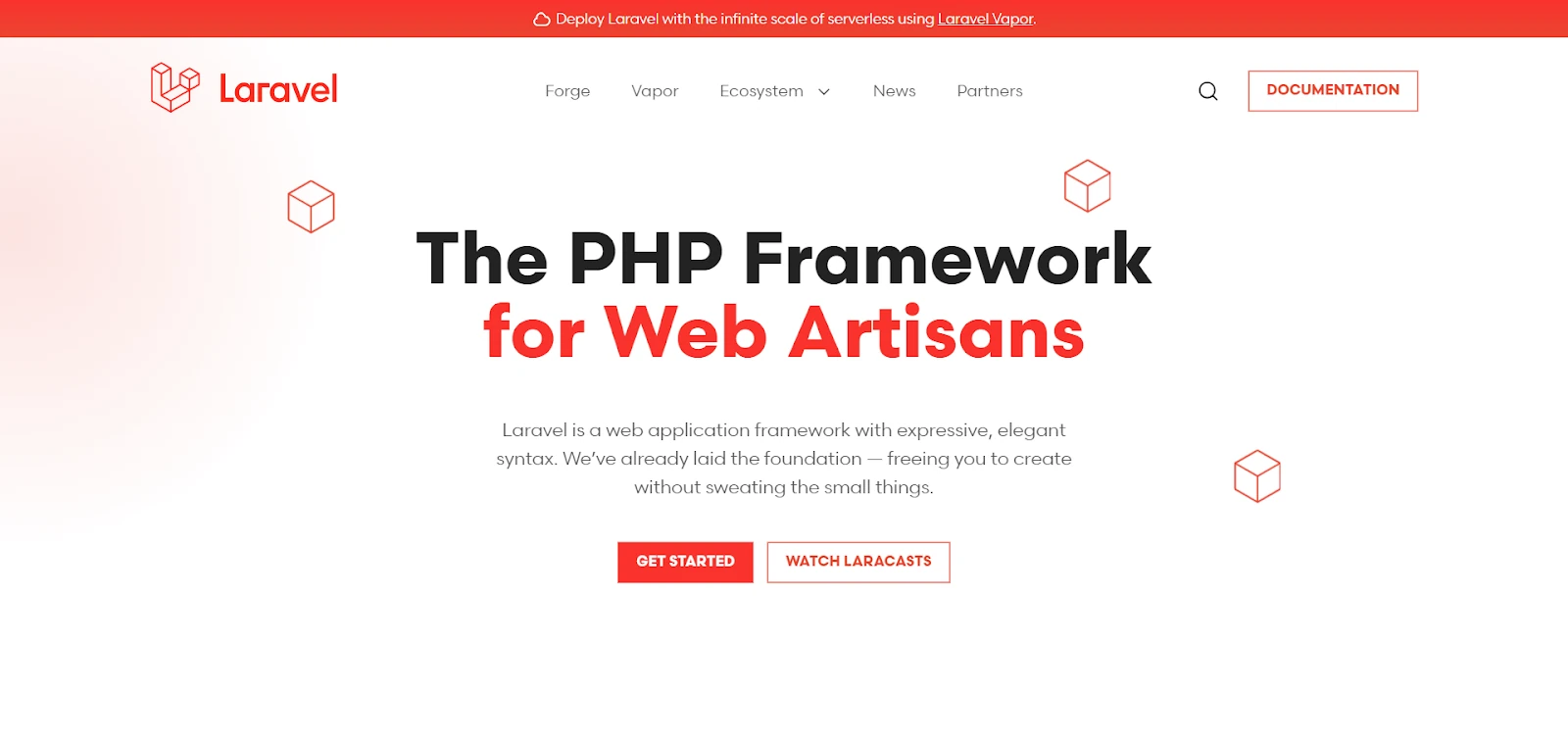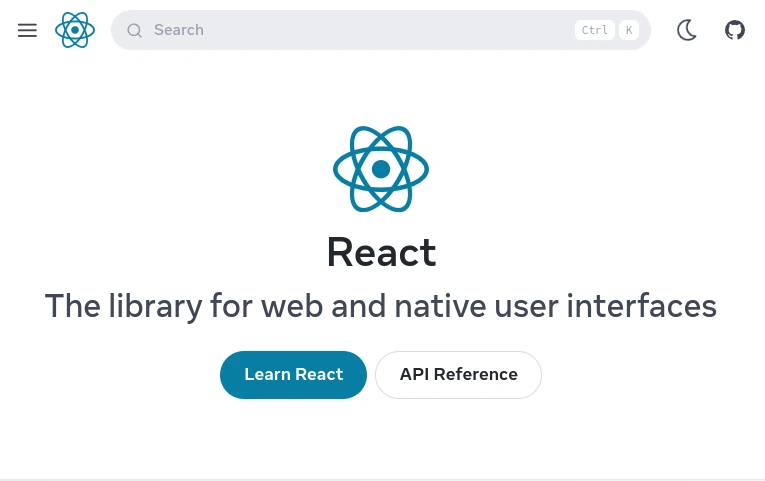Laravel vs React.js: Choosing the Right Tool for Web Development
- Date
-
 Aleksandar Cvetanovski
Aleksandar Cvetanovski

In the realm of web development, selecting the appropriate tools and frameworks is crucial for building robust and efficient applications. Laravel and React.js stand out as two widely-used technologies, each offering distinct advantages and catering to different aspects of web development. Let's delve into the comparison between Laravel, a PHP-based backend framework, and React.js, a JavaScript library for building user interfaces.
Laravel: Powering Backend Development
Laravel is a PHP-based open-source framework renowned for its elegant syntax, developer-friendly features, and extensive ecosystem. It follows the Model-View-Controller (MVC) architectural pattern, providing developers with a structured and organized way to build web applications. Here are some key features of Laravel:
- Eloquent ORM: Laravel includes Eloquent ORM, which simplifies database interactions by providing an intuitive syntax for querying databases and defining relationships between models.
- Blade Templating Engine: Blade is a powerful templating engine that enables developers to write clean and efficient PHP code for building views. It offers features like template inheritance, control structures, and includes, enhancing code reusability and maintainability.
- Artisan CLI: Laravel comes with Artisan, a command-line interface that automates repetitive tasks such as database migrations, generating boilerplate code, and running tests. It boosts developer productivity and streamlines the development process.
- Authentication and Authorization: Laravel provides built-in support for user authentication and authorization, simplifying the implementation of secure user authentication features like registration, login, and password resets.
- Routing: Laravel offers a concise and expressive routing mechanism that allows developers to define application routes using simple, readable syntax. It facilitates the creation of RESTful APIs and custom URL structures.
React.js: Empowering Frontend Development

React.js, developed by Facebook, is a JavaScript library for building user interfaces. It has gained widespread popularity due to its component-based architecture, virtual DOM, and declarative approach to building UIs. Here are some notable features of React.js:
- Component-Based Architecture: React.js promotes a modular approach to UI development, where the user interface is broken down into reusable components. This facilitates code reuse, simplifies maintenance, and improves overall code organization.
- Virtual DOM: React.js utilizes a virtual DOM to efficiently update the user interface in response to changes in application state. By minimizing DOM manipulations, React.js enhances performance and ensures a smooth user experience, especially in complex applications with dynamic data.
- JSX: JSX is a syntax extension for JavaScript that allows developers to write HTML-like code within JavaScript files. This enables the seamless integration of markup and logic, making code more readable and easier to maintain.
- Unidirectional Data Flow: React.js follows a unidirectional data flow, where data flows downwards from parent to child components. This simplifies data management and makes it easier to understand how changes in state affect the UI.
- React Hooks: Introduced in React 16.8, Hooks are functions that enable developers to use state and other React features in functional components. Hooks promote code reusability and improve the composability of React components.
Choosing Between Laravel and React.js
When deciding between Laravel and React.js for web development, it's essential to consider the specific requirements of your project and the expertise of your development team. Here are some factors to consider:
- Project Requirements: If you're building a dynamic web application with complex user interfaces that require real-time updates and interactivity, React.js is a suitable choice. However, if your application requires robust backend functionality, such as authentication, database management, and API integrations, Laravel would be more appropriate.
- Developer Skills: Evaluate the skills and expertise of your development team. If your team is proficient in PHP and Laravel, leveraging Laravel for backend development would streamline the development process. Conversely, if your team has experience with JavaScript and front-end development, React.js would be a natural fit for building dynamic user interfaces.
- Integration and Ecosystem: Consider the integration capabilities and ecosystem surrounding each technology. Laravel offers seamless integration with popular frontend frameworks like React.js, enabling developers to build full-stack applications. React.js, on the other hand, boasts a rich ecosystem of libraries, tools, and community support for building interactive user interface
Final Thoughts
In conclusion, Laravel and React.js are powerful technologies that excel in different aspects of web development. While Laravel empowers backend development with its robust features and elegant syntax, React.js shines in building dynamic and interactive user interfaces. By carefully evaluating your project requirements and considering the strengths of each technology, you can make an informed decision and choose the right tool for your web development endeavors.